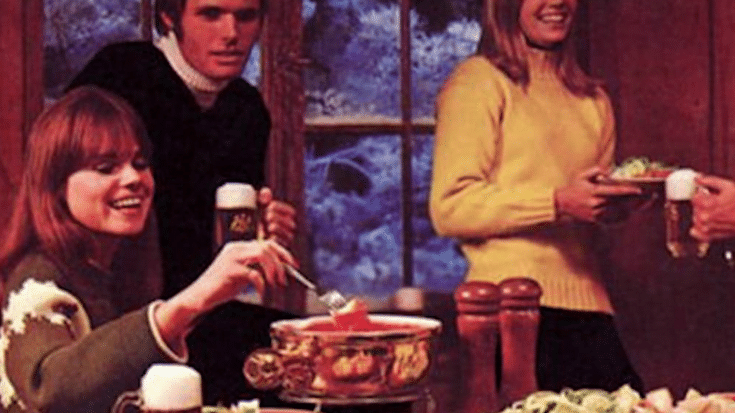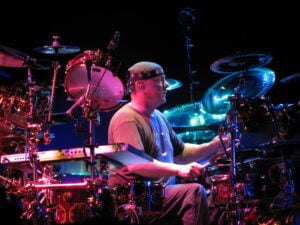10 Overhyped Food Fads from the ’70s That Tasted Awful

via Decades TV Network / YouTube
The 1970s brought a wave of unique culinary trends. While some have stood the test of time, others were short-lived for good reason. These overhyped food fads promised excitement and sophistication but left many disappointed with their strange flavors and lackluster execution. Here are ten food trends from the era that didn’t live up to the hype.
1. Gelatin Mold Creations
Gelatin-based dishes became a centerpiece of ’70s dinner parties. People stuffed them with everything from vegetables to seafood, creating a “fancy” visual appeal.
Unfortunately, the taste rarely matched the presentation. The combination of sweet, rubbery gelatin with savory fillings confused the palate and left many guests forcing polite smiles.

2. Fondue Everything
Fondue parties were all the rage, with melted cheese or chocolate served in communal pots. It was marketed as a fun, social way to dine.
While the concept was appealing, the reality was often messy. Overcooked cheese and awkward dipping made it more of a chore than a treat for many.

3. Aspic Salads
Aspic salads, which involved suspending meats and vegetables in clear gelatin, were considered high-class dining. They were often served at elegant events to impress guests.
Despite their popularity, the rubbery texture and cold, jellied flavors didn’t sit well with most people. They quickly fell out of favor as tastes evolved.

4. Meatloaf with Unusual Fillings
The humble meatloaf got a ’70s twist with experimental fillings like hard-boiled eggs, canned vegetables, and even fruit. These “innovations” were meant to modernize a classic dish.
However, the mismatched flavors and unexpected textures often left diners confused. What was meant to be comforting turned into an unappetizing surprise.
https://www.youtube.com/watch?v=0NDF-pVUJH4
5. Canned Cheese Products
Spray cheese and other processed cheese spreads became pantry staples during the decade. They were advertised as convenient and versatile for snacking or quick recipes.
Though they were easy to use, the artificial taste and unnatural texture turned many off. The novelty wore thin, and fresh cheese made a comeback.

6. Space-Age Freeze-Dried Foods
Inspired by the space race, freeze-dried meals were introduced as a futuristic way to eat. Products like powdered soups and dehydrated desserts were sold as modern marvels.
While they were intriguing, the bland taste and odd consistency didn’t win over most consumers. They felt more like survival food than something enjoyable.

7. Artificially Flavored Drinks
Brightly colored, overly sweet drinks like Tang and other powdered mixes gained immense popularity. They were marketed as convenient alternatives to fresh juice.
Despite their success, the artificial flavors and excessive sugar left many people unimpressed. The lack of natural ingredients made them less appealing over time.

8. Diet Gelatin Desserts
As diet culture took hold, low-calorie gelatin desserts with artificial sweeteners became a trendy way to indulge without guilt. They came in vibrant colors and bold advertisements.
The overly artificial taste and strange aftertaste turned many off. These desserts felt more like punishment than a treat, leading to their decline.

9. Mock Meats
Vegetarian options in the ’70s often included processed mock meats like soy patties and nut loaves. They were promoted as healthier, plant-based alternatives to traditional proteins.
While innovative for the time, the bland flavors and odd textures failed to win over many diners. They were a far cry from today’s plant-based offerings.

10. Ambrosia Salad
A mix of canned fruits, marshmallows, shredded coconut, and whipped cream, ambrosia salad was a staple of potlucks and parties. It was meant to be a fun, tropical dessert.
The overly sweet combination often felt cloying, and the texture didn’t appeal to everyone. It’s now more of a nostalgic oddity than a beloved dish.













